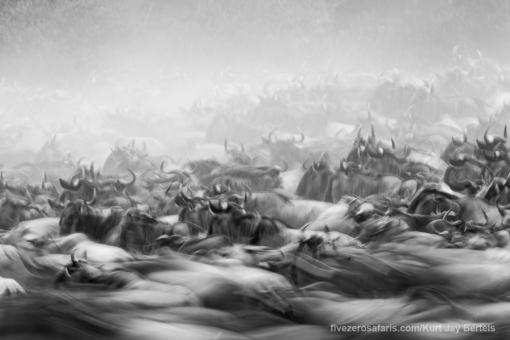Always the bad guy, always hated, always the cowardly scrounger – the spotted hyena has caught a tough rap over the years. Partly because of the Lion King, but mostly because every time the hero gets a meal, those pesky hyenas are in there like a shot to steal it!
It must be said, that I like hyenas. I think they are very well designed, and excellent at their job – possibly better than most other predators roaming the savannah in Africa. It does not mean, however, that they don’t frustrate me endlessly! I have had many sightings of leopard/lion/cheetah actively hunting, and closing in on their quarry when a bumbling hyena stumbles into the sighting to see if there is anything on the go, chasing away the prey and ruining the hunt.
Photographing hyenas can be particularly exciting. They move freely through the bush looking for other predators, so the chance to see and photograph large predator interaction is quite high. We have all seen the classic battles between hyenas and lions (don’t lie, you always support the lions), but to actually be there witnessing the battle first hand is wonderfully exciting, and great for wildlife photography. Their relationship with leopards is slightly trickier, where one-on-one the hyenas usually win, but it does sometimes go the other way. You always need to keep the camera ready, because a short, sharp and often violent scuffle could break out at any moment.
There is another side to hyenas though. Their behaviour around their den sites is highly contrasting to their business personas. They are very caring and nurturing mothers (the males play no role, and are treated like lepers in medieval times), and show their young ones the sort of patience that a paint-drying-wall-watcher displays while in the middle of their hobby. The cubs are cute as you like, and their little personalities show right from the first time they leave the den to explore their immediate little world. To me, they often make the best photographs, because they become comfortable with the safari vehicles quite quickly, and are often very playful.
To join me on safari, click here!
























































































